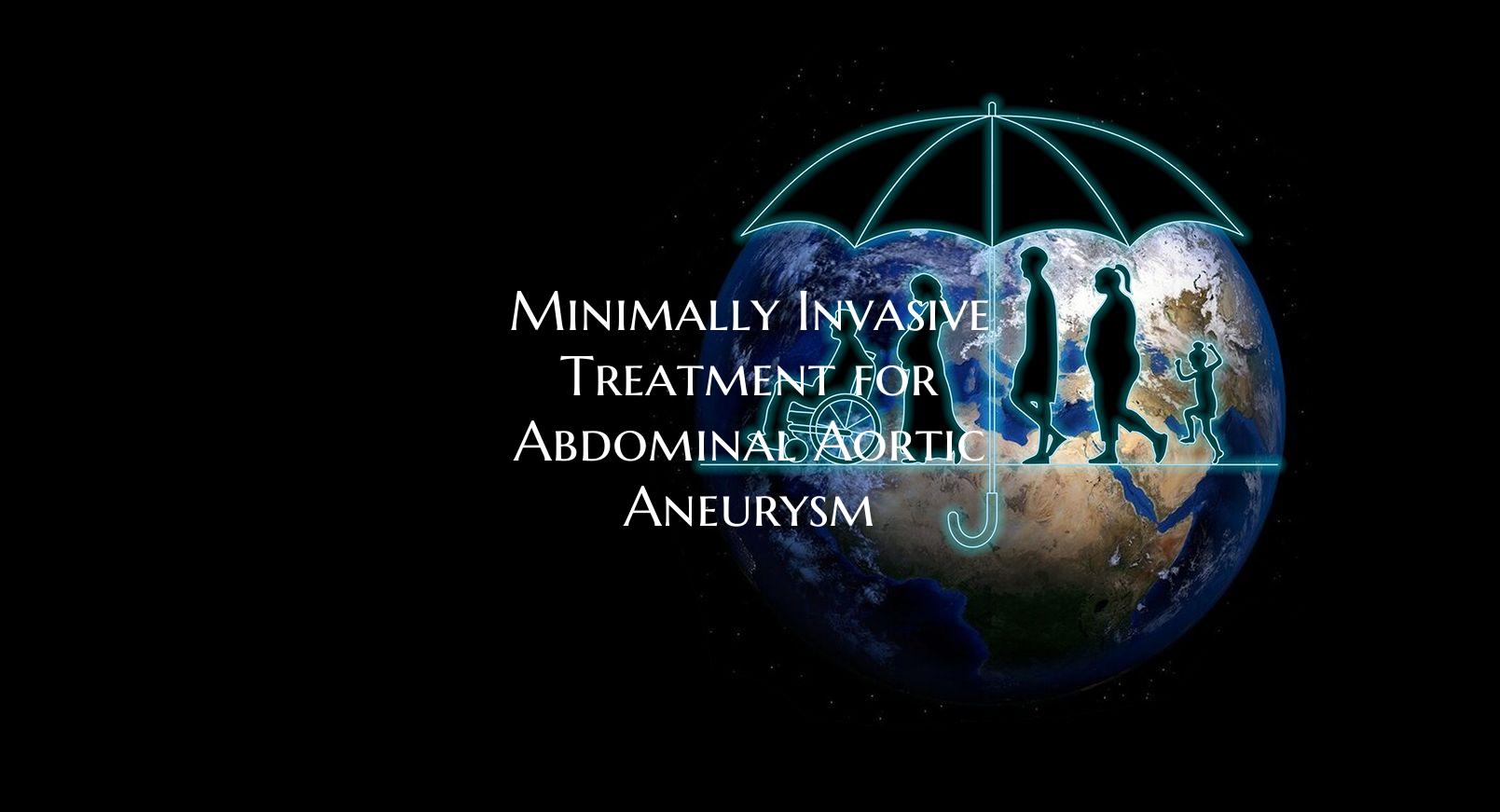
Minimally Invasive Treatment for Abdominal Aortic Aneurysm
Abdominal aortic aneurysm (AAA) is a potentially life-threatening condition characterized by the abnormal enlargement of the aorta in the abdominal area. Traditionally, open surgery has been the primary treatment method for abdominal aortic aneurysms. However, advancements in medical technology have led to the development of minimally invasive treatment options that offer several benefits to patients.
One of the most common minimally invasive procedures used to treat abdominal aortic aneurysms is endovascular aneurysm repair (EVAR). During an EVAR procedure, a stent graft is inserted into the weakened area of the aorta through small incisions in the groin, eliminating the need for large abdominal incisions. This approach reduces the risk of complications, post-operative pain, and recovery time compared to traditional open surgery.
Minimally invasive treatments for AAA not only offer a quicker recovery but also have lower morbidity and mortality rates. Patients undergoing EVAR can typically expect shorter hospital stays and quicker return to normal activities. Moreover, the minimally invasive nature of these procedures reduces the risk of infection and other post-operative complications.
It is important to note that not all patients with abdominal aortic aneurysms are suitable candidates for minimally invasive treatments. Factors such as the size and location of the aneurysm, the patient's overall health, and individual anatomy play a significant role in determining the most appropriate treatment approach.
In conclusion, minimally invasive treatment options such as endovascular aneurysm repair have revolutionized the management of abdominal aortic aneurysms. These procedures offer patients a safer, more efficient alternative to traditional open surgery, with reduced recovery time and improved outcomes. Patients diagnosed with AAA should consult with a vascular specialist to determine the most suitable treatment option based on their individual case.